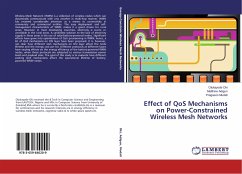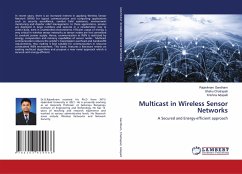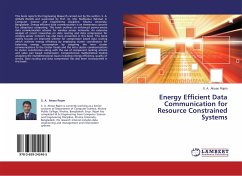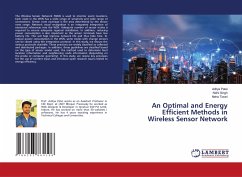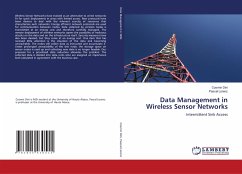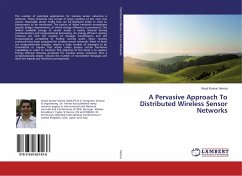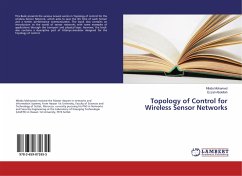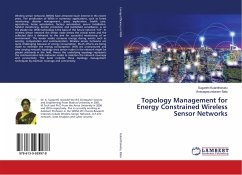
Topology Management for Energy Constrained Wireless Sensor Networks
Versandkostenfrei!
Versandfertig in 6-10 Tagen
41,99 €
inkl. MwSt.

PAYBACK Punkte
21 °P sammeln!
Wireless sensor networks (WSNs) have attracted much interest in the recent years. The predication of WSNs in numerous applications, such as forest monitoring, disaster management, space exploration, health care, agriculture, home automation, factory automation, secure installation, habitat monitoring, border protection and battlefield surveillance, is on the steady rise. WSN technology is the basis of the future network "IoT". In wireless sensor network the sensor node senses the critical event and the collected data is delivered to the sink for successful monitoring of an environment. The sen...
Wireless sensor networks (WSNs) have attracted much interest in the recent years. The predication of WSNs in numerous applications, such as forest monitoring, disaster management, space exploration, health care, agriculture, home automation, factory automation, secure installation, habitat monitoring, border protection and battlefield surveillance, is on the steady rise. WSN technology is the basis of the future network "IoT". In wireless sensor network the sensor node senses the critical event and the collected data is delivered to the sink for successful monitoring of an environment. The sensor nodes consume energy during events such as sensing, computation and communication. Wireless sensor networks are quite challenging because of energy consumption. Much efforts are being made to minimize the energy consumption. WSN are unstructured and time varying network topology since sensor nodes in the network might be placed arbitrarily in the field. Hence the underlying topology represents the communication links between nodes to maintain the network coverage and connectivity. This book includes three topology management techniques by maintain coverage and connectivity.




